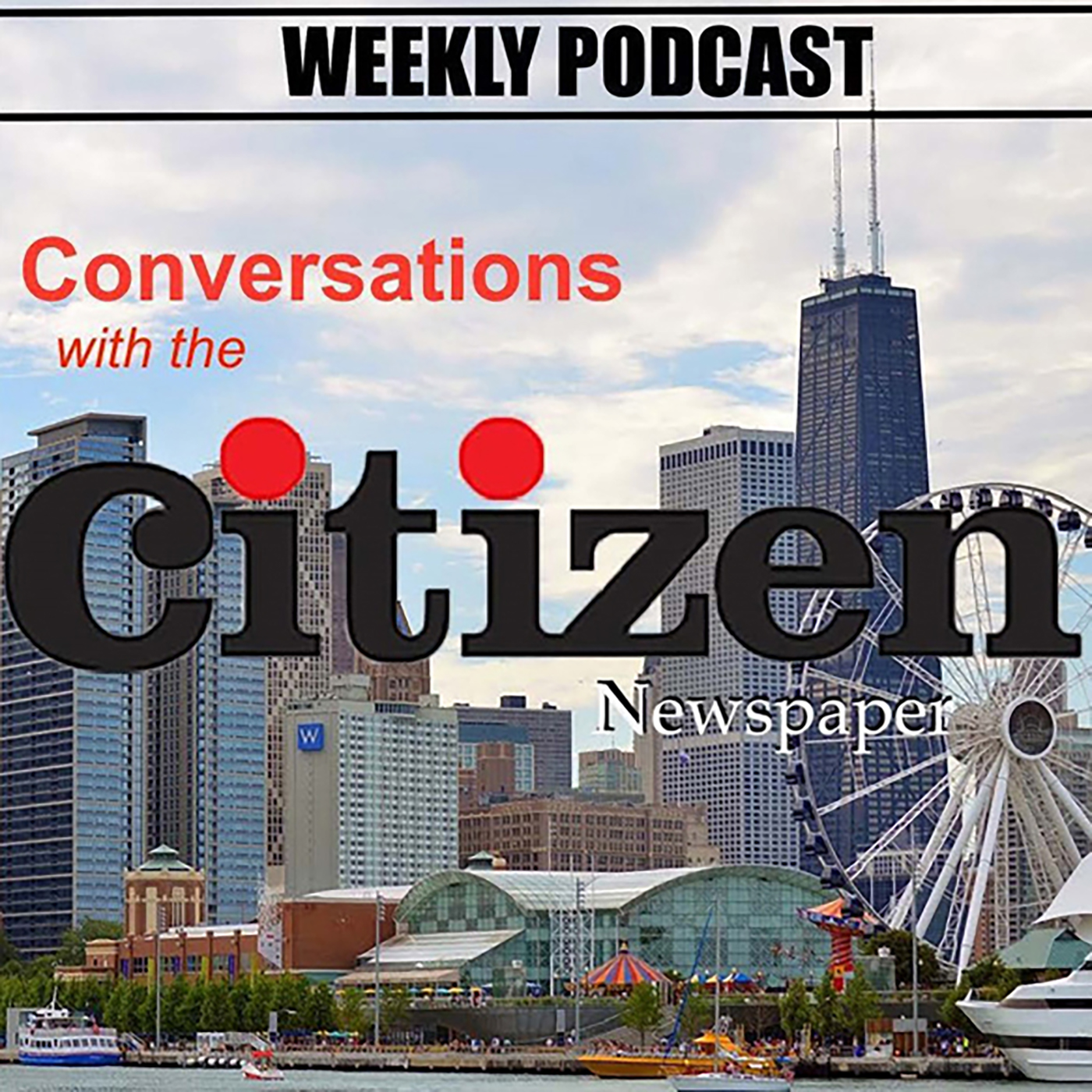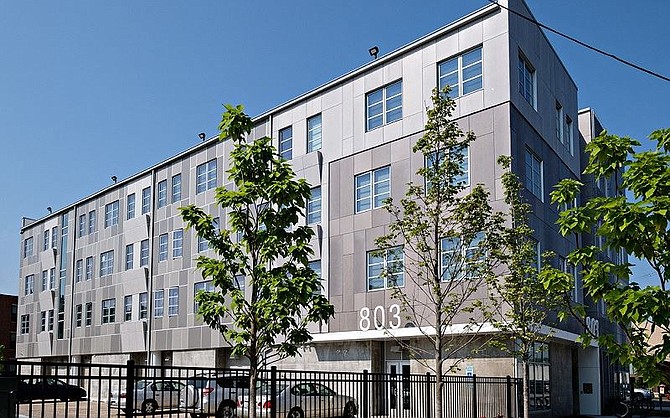Study finds resident input is key to Woodlawn’s redevelopment
Trianon Lofts, which opened in 2018, was the first primarily new mixed-income development in Woodlawn in years. PHOTOS PROVIDED BY POA
POAH wanted to know if the work they had been doing made a difference, how it could improve and how that work could be used as a case study and replicated in other parts of the country. The redevelopment and revitalization of Woodlawn has been the largest undertaking for the Boston-headquartered organization whose aim is to create, preserve and sustain affordable housing.
POAH’s first development in Chicago was Woodlawn Park in 2011. Then, in 2015, POAH opened the Woodlawn Resource Center. POAH built the Woodlawn Station at 63rd and Cottage Grove Avenue. In 2019, Jewel-Osco opened on 60th and Cottage Grove Avenue.
Amy Khare was part of the research team invited by POAH to do the study. The study was launched at the same time COVID-19 hit. It took about two years to complete. Khare acknowledges the start of the redevelopment of Woodlawn began with tenants and tenant’s rights activist for residents of Grove Parc Plaza. POAH took ownership of the development and created an opportunity for new development. Khare and the research team were interested in the ways federal funding is deployed in cities to reach equitable development goals, as well as benefit the most marginalized populations in the city. In Grove Parc’s case, those populations were majority Black families, most of whom had children.
Khare described Woodlawn as a well-organized neighborhood with people who have a lot of different perspectives. One of the key findings was the need for continual trust building for partners who have power, such as developers and policy makers, and building that trust and becoming trustworthy among community residents. Over time, earning that trust and sustaining that trust, would result in residents wanting to participate in community planning that leads to better outcomes for those residents.
Another key finding was that money is not enough. In addition to public and private financing for community redevelopment efforts, it is necessary for people in leadership positions to influence the process by using their resources and power to shape communities.
“In the case of Woodlawn, we’ve seen Chicago Housing Department Commissioner Marissa Novara, along with leaders of large institutions like the University of Chicago, they needed to show up in the neighborhood in a certain way, in order for people to want to engage and trust them in the creation of a new Woodlawn ordinance that really focuses on equitable development,” Khare said.
Khare points out that the majority Black neighborhoods are not locations where private and public investment are directed and there has been an ongoing reality of redlining, discrimination or bias that public and private funders have against majority Black neighborhoods. Khare believes there should be more attention given to the financing sources and the ways those sources are used to leverage additional funds to bring more than $400 million to Woodlawn. But, Khare added, Woodlawan can be looked as a case study that can be replicated across the country, to see how it was done without the radical displacement of Black households.
William Eager is the senior vice president of real estate and development, Midwest region for POAH. Eager believes it is important for developers and planners to listen to and partner with residents in decision making because the community belongs to the residents. It is insensitive and presumptuous for developers and planners to impose a vision on the people whose community it is. He added, bridge building is essential for success, as well as letting community members know their concerns are being listened to.
“I think Woodlawn has an opportunity to show how a community can grow economically without doing so at the expense of its lowest-income residents … I think the right players are around the table at the right time … There is a very public debate right now about the need to preserve existing affordable housing and creating new affordable housing, and I don’t think those voices can be ignored going forward,” Eager said.
Latest Stories
- Giannoulias Awarding $13 Million in Grants to Chicago Area Libraries
- The Messi Experience Officially Launches in Chicago
- WNBA's Chicago Sky Announces First-of-Its-Kind Partnership with Moonshot to Protect Players from Online Threats and Abuse
- YWCA METROPOLITAN CHICAGO HONORS FOUR OUTSTANDING LEADERS AT 2025 COMMUNITY CHAMPION AWARDS
- Governor Pritzker Announces 36 Awards Through Tourism Grant Programs
Latest Podcast
STARR Community Services International, Inc.

